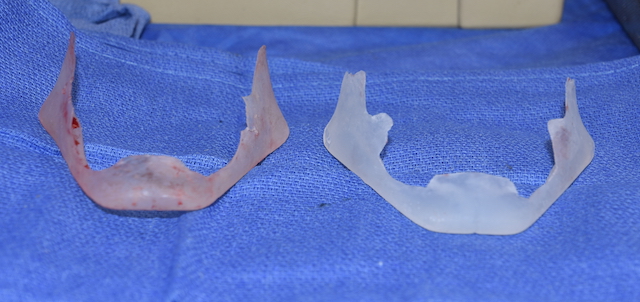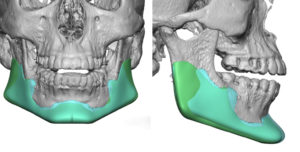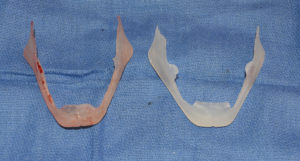Background: The custom jawline implant is the most effective and powerful changer of the shape of the lower face in younger patients who do not have soft tissue aging issues. Because of its custom design it provides a good fit to the patient’s existing mandibular bone and creates a 3D expansion of the inferolateral bone from jaw angle to jaw angle in a wrap around manner.
Despite the many advantages of a custom jawline implant approach, it remains an imperfect technique. Its weak link is that no one can predict with a high degree of accuracy as to what implant dimensions are needed to create the patient’s desired aesthetic effect…eve if such aesthetic changes are possible. The computer does not know what implant dimensions are needed o create the patient’s desired effects and must rely on the surgeon’s (or patient’s) input to do so. In addition the effects of any bone augmentation can not yet reliably show what the external soft tissue facial effect will be.
A s a result, the patient’s desire for changing a custom jawline implant design, when the final result is fully appreciated both physically and psychologically (3 to 6 months after surgery) is not rare. I would put a conservative estimate of up to one-third of patients do so. And it is far more commonly to do so for relatively minor changes than major ones…although such a statement must be out into context as no patient considers a small change as ‘minor’ or irrelevant despite how it may be perceived by others.
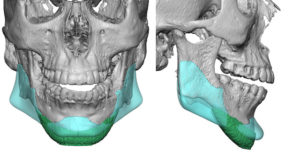
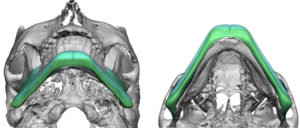
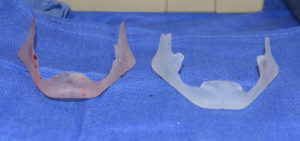
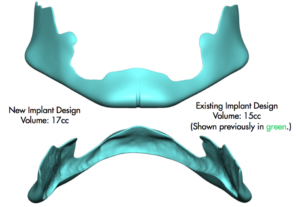
Case Highlights:
1) The desire for custom jawline implant replacement is not rare and is based on either size or shape changes.
2) Having an indwelling jawline implant with a known aesthetic effect aids greatly in an improved design.
3) Replacing a custom jawline implant with a new one can be a less traumatic surgery with amore rapid recovery than the first implant placement surgery.
Dr. Barry Eppley
Indianapolis, Indiana

